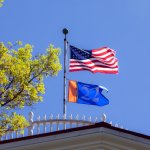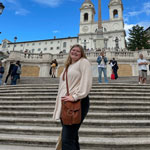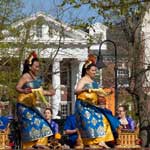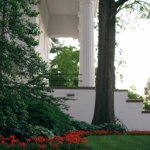
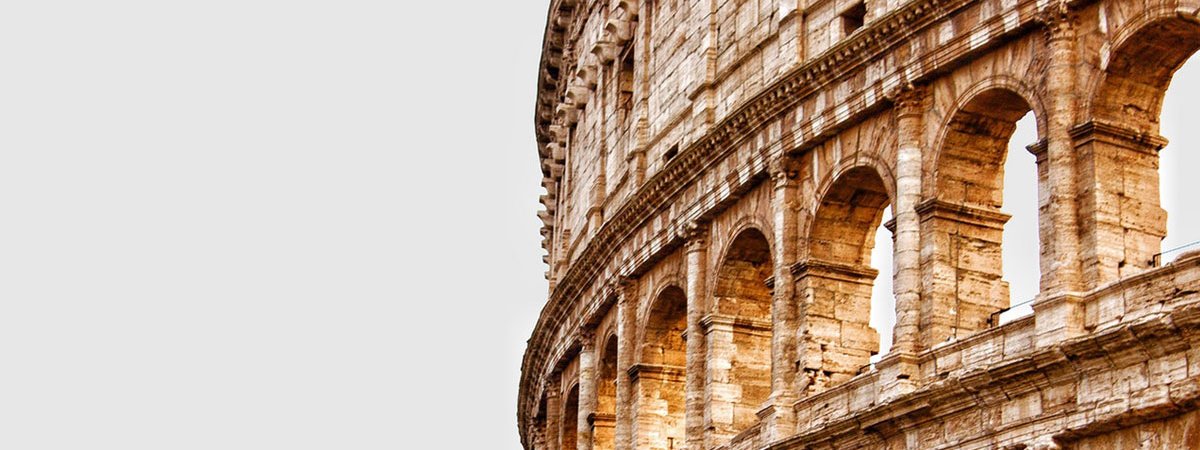
Gettysburg students are passionate about the world, with curiosities that lead 60 percent of students to study abroad during their college careers. From the study of foreign languages, politics, and society, Gettysburg students look inquisitively at our planet’s most pressing issues. And in search of solutions, they often look to history.
Such is the case for Francesca Costa ’19 whose global study took her to Italy. Like so many of her peers who fan out across the world each semester, Costa immersed herself in the land and the language. And she fueled her interests in anthropology with a spectacular archaeological experience – studying ancient artifacts at the Colosseum, a UNESCO World Heritage Site.
Did you exchange a backpack for a hardhat when you arrived in Rome? Tell us about your incredible internship.
Thanks to a partnership between IES Abroad in Rome and the Colosseum, I had the opportunity to complete an archaeological internship specializing in the digital recreation of ancient sites. It was so eye-opening!
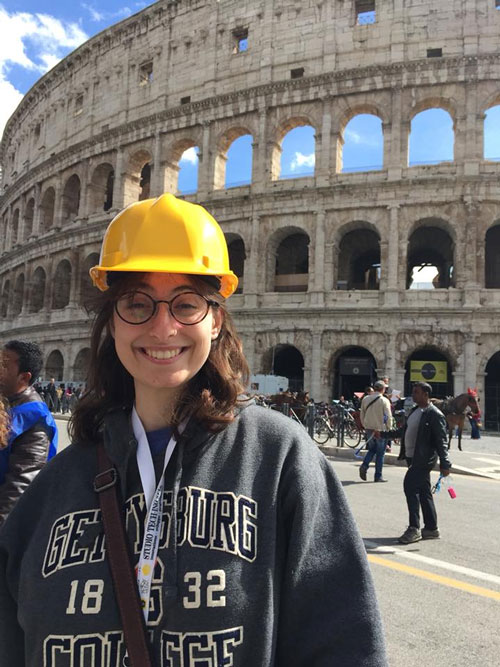
Who led you in pursuit of this work?
My professor in Rome, Daira Nocera has done work on Hadrian’s Villa and the Roman Forum. She is close friends with the head of the Colosseum project, who reached out asking for a helping hand on his work. And she in turn asked me.
What was it like being an intern at the Colosseum?
It is as fantastic as it sounds! Every time I went, the view got me as giddy as the first time.
I did have to go through a lengthy orientation, and in doing so got to meet the engineer who invented the Colosseum’s security system and also who was able to reconstruct the animal trap-door system that was used during shows over 1,500 years ago.
Our work was open to the elements and most of the staff spoke only Italian. It was a whole lot of fun to navigate such an awesome space, and one interesting part of the work was getting strange looks while riding on the train with a hard hat and steel-toed boots!
What was your area of study?
The focus of the internship is on the fragments of marble that are unique from the other samples found at the Colosseum. These fragments often have a more ornate design and possibly indicate that they were used in an area for the elite, or the Imperial Box.
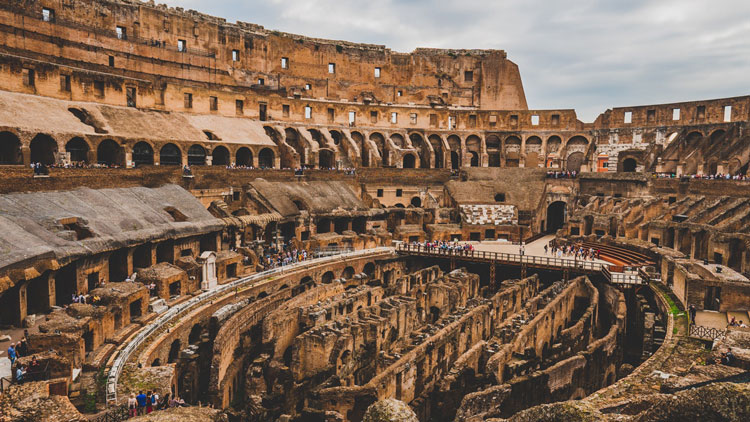
What equipment did you use? What was the process?
Equipment was pretty standard for an archaeology site: hard hat, steel-toed boots, gloves, water buckets, brushes to wash marble, pen and paper for recording information, lamp for the dark section we are nestled in, and a waterproof jacket (because it gets messy). The digital part of the project included the use of floor plans, details of different sculpted marble, and a bit of hard work.
What about the internship surprised you?
I was surprised by how enjoyable it was to do archaeological tasks such as washing and digging. My fellow interns and I all felt relaxed while washing the large chunks of marble that were given to us and taking the time to look at each piece as an individual artifact. Our work recording information was similarly rewarding, and learning to identify different structures is always fascinating. Archaeology can connect the Italians and Americans while we swap vocabulary terms for different parts of a column, or regional names for the marbles we find.
Learn more about careers and outcomes at Gettysburg College.
By Marisa Balanda '21
Posted: 03/20/19
